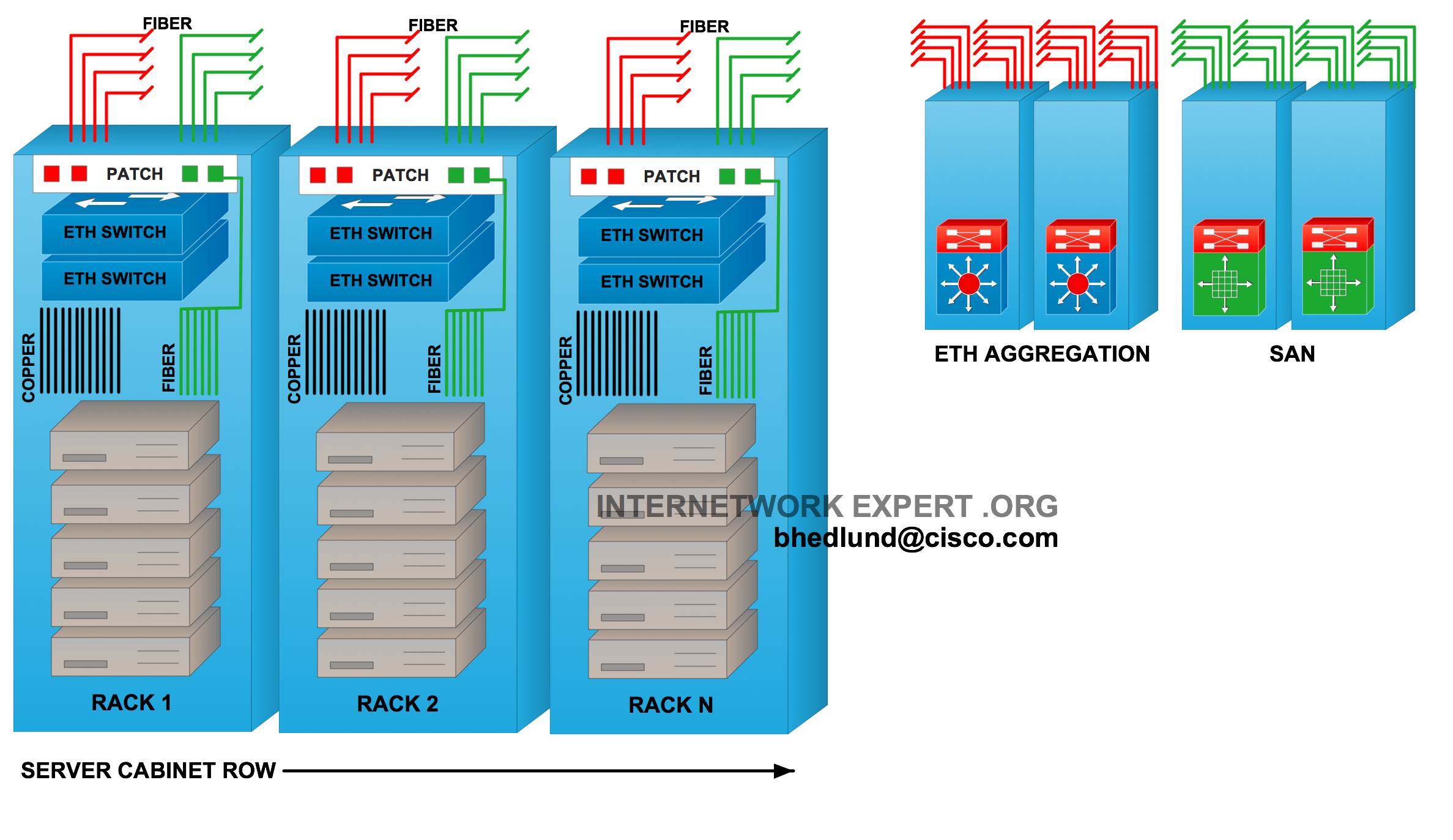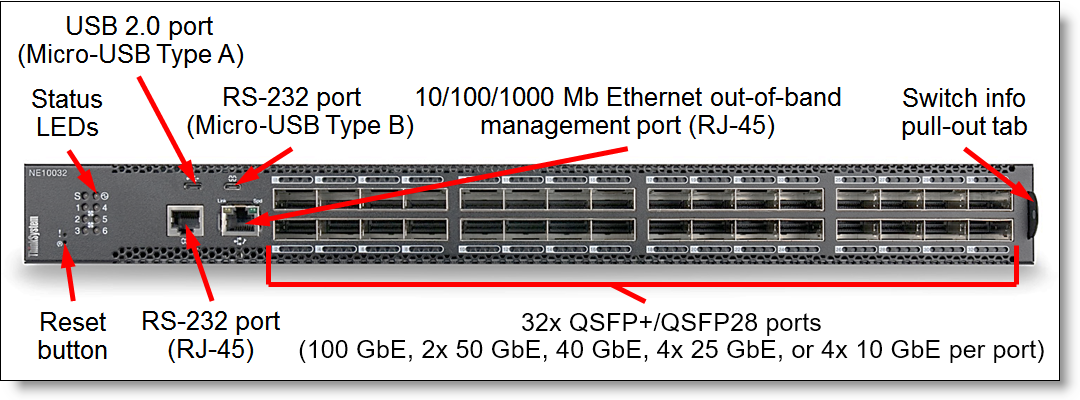Top of rack tor small fixed or modular switch at the top of each rack more devices to manage significantly reduces bulk of cable by keeping connections local to rack or adjacent rack integrated switching switches integrated directly into blade server chassis enclosure maintaining feature consistency is critical to network management.
Top of rack switch redundancy.
Typically there are redundant supervisor engines power supplies and overall better high availability characteristics than typically found in a top of rack switch.
Rack switch a k a.
Redundant connectivity to this top of rack.
A multi rack deployment is a single system managed by a redundant pair of top of rack fabric interconnect switches providing the embedded device level management provisioning and linking the pod to the data center aggregation ethernet and fibre channel switches.
Redundant data connections to two different top of rack switches and a separate lights out connection for management.
Dani roisman peak web consulting there exist many top of rack switch redundancy models allowing for resilient access to servers in the datacenter.
Top of rack switching is a network architecture design in which computing equipment like servers appliances and other switches located within the same or adjacent rack are connected to an in rack network switch.
Most servers will have at least three connections.
Unlike top of rack where each rack is its own managed unit with end of row the entire row of servers is treated like one pod within the data center.
Above a pod of 3 racks makes up one system.
Each rack contains multiple computing devices.
To simplify configuration omit other switch security and management features unless they re absolutely required at the top of rack level.
The in rack network switch in turn is connected to aggregation switches via fiber optic cables.
In a data center there are several racks of servers storage equipment.
Tor top of rack design.
Despite its name top of rack tor switches can be placed anywhere in the rack.










